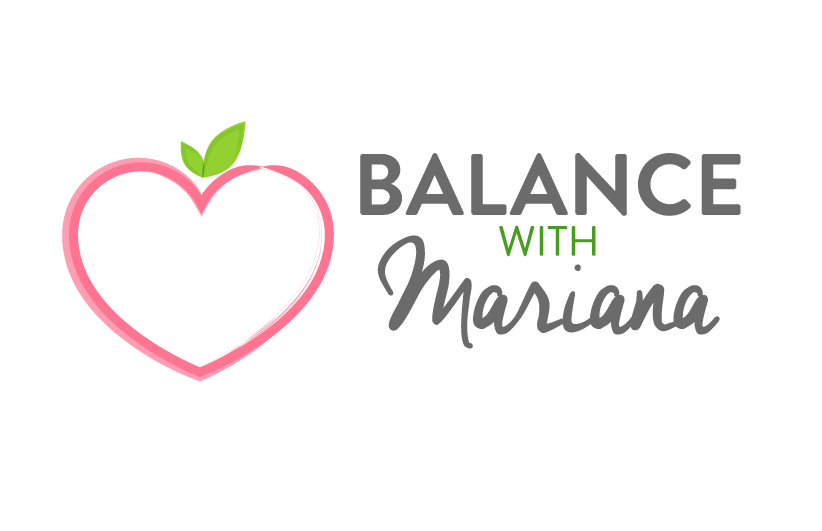Inflammation in the body is one of the biggest issues leading to chronic disease, such as obesity, arthritis, heart problems and even cancer.
But inflammation doesn’t necessarily show up through puffiness and redness. Most often, we have internal inflammation that isn’t visible to us, but is present inside our bodies (aka silent inflammation). It’s building up, and it’s causing (for now) just minor things such as digestive issues, allergies, and basic skin problems. And if you don’t work NOW to control this inflammation, it will leader to more serious illnesses down the road.
The easiest and most effective way to taper inflammation is through your diet. After all, food is your best medicine. Start by eliminating processed foods, and then adding in naturally anti-inflammatory foods, including a variety of high-quality spices and herbs.
The following 10 foods, herbs and spices are among the best natural sources for reducing inflammation. I’ve also included tips for easy way you can start incorporating them into your day-to-day diet.
1. Omega-3 fatty acids – from fatty fish like wild salmon, krill, as well as vegetarian sources like flaxseeds, chia seeds & olive oil. You can also consider taking a fish-oil supplement.
Tip: Try adding 1 tbsp of ground flaxseeds to your morning oatmeal / yogurt / smoothie.
2. Dark Leafy Greens – These are some of the healthiest foods period, and among other things, they help with your body’s detoxification, flushing out some of this inflammation. They also contain lots of fiber and water which help with weight loss and contributes to beautiful skin and hair (among so many other benefits)! These greens include leaves such as: kale, spinach, arugula, swiss chard, collard greens, mustard greens, escarole and watercress.
Tip: Start having a fresh or cold-pressed green juice once a day, either with breakfast or as a snack between meals.
3. Berries – Berries contain flavonoids which contribute to their blue/purple/red coloring and have powerful anti-inflammatory benefits. These include goji berries, blueberries, blackberries raspberries, cranberries, cherries, and less common ones such as bilberries, mulberries, elderberry and gooseberry.
Tip: Add a handful of berries to your breakfast porridge or yogurt, to your green smoothies, and/or enjoy them as a snack with a few raw nuts.
Read More
